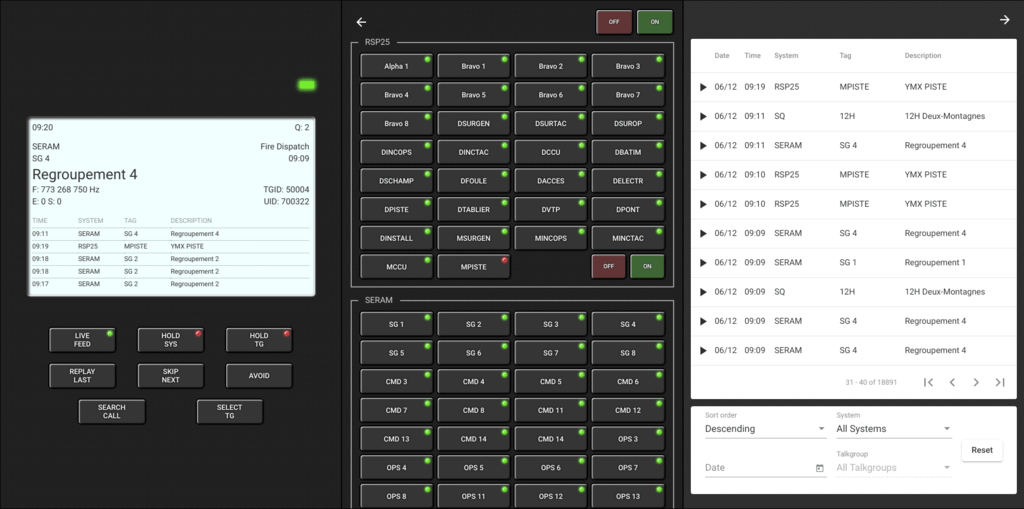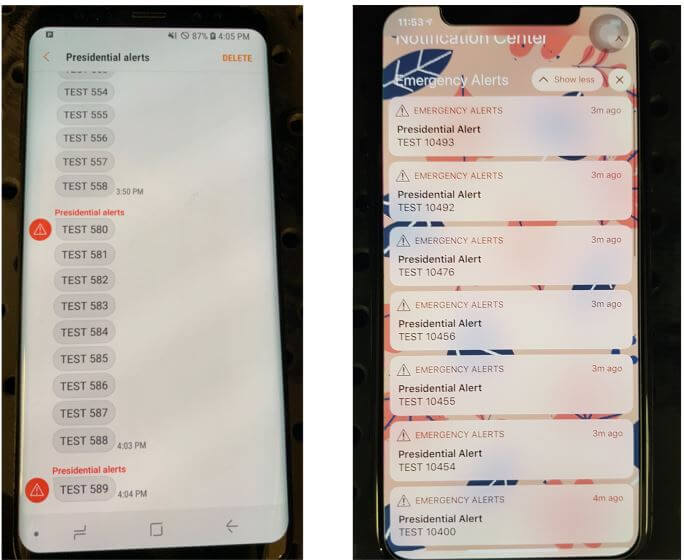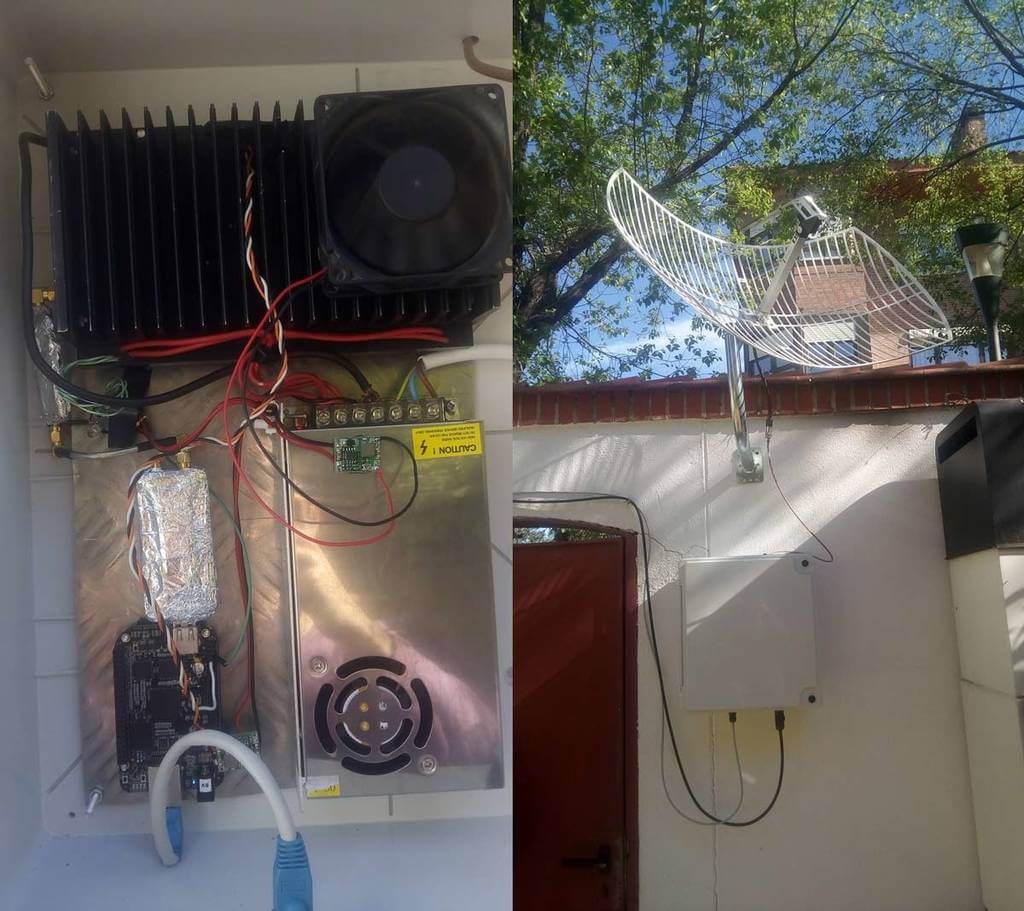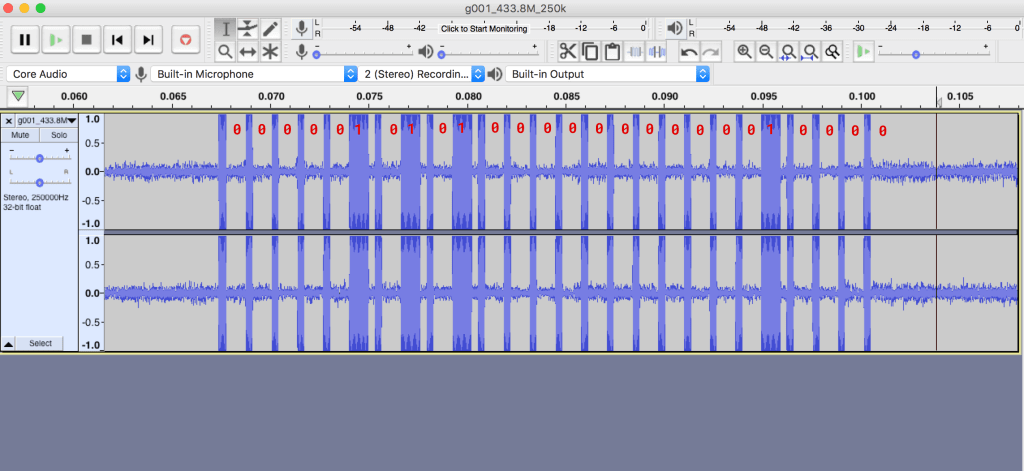Rdio Scanner: A Web Based UI for Trunk Recorder
Trunk Recorder is an RTL-SDR compatible open source Linux app that records calls from Trunked P25 and SmartNet digital voice radio systems which are commonly used by Police and other emergency services in the USA. It can be used to set up a system that allows you to listen to previous calls at your leisure, however it does not have any UI for easy browsing.
Recently Chrystian Huot wrote in and wanted to share his new program called "Rdio Scanner", which is a nice looking UI for Trunk Recorder. Rdio Scanner uses the files generated by Trunk Recorder to create a web based interface that looks like a real hardware scanner radio. Some of the features include:
- Built to act as a real police radio scanner
- Listen to live calls queued to listen
- Hold a single system or a single talkgroup
- Select talkgroups to listen to when live feed is enabled
- Search past calls stored in the database
- Just upload Trunk Recorder files with Curl




